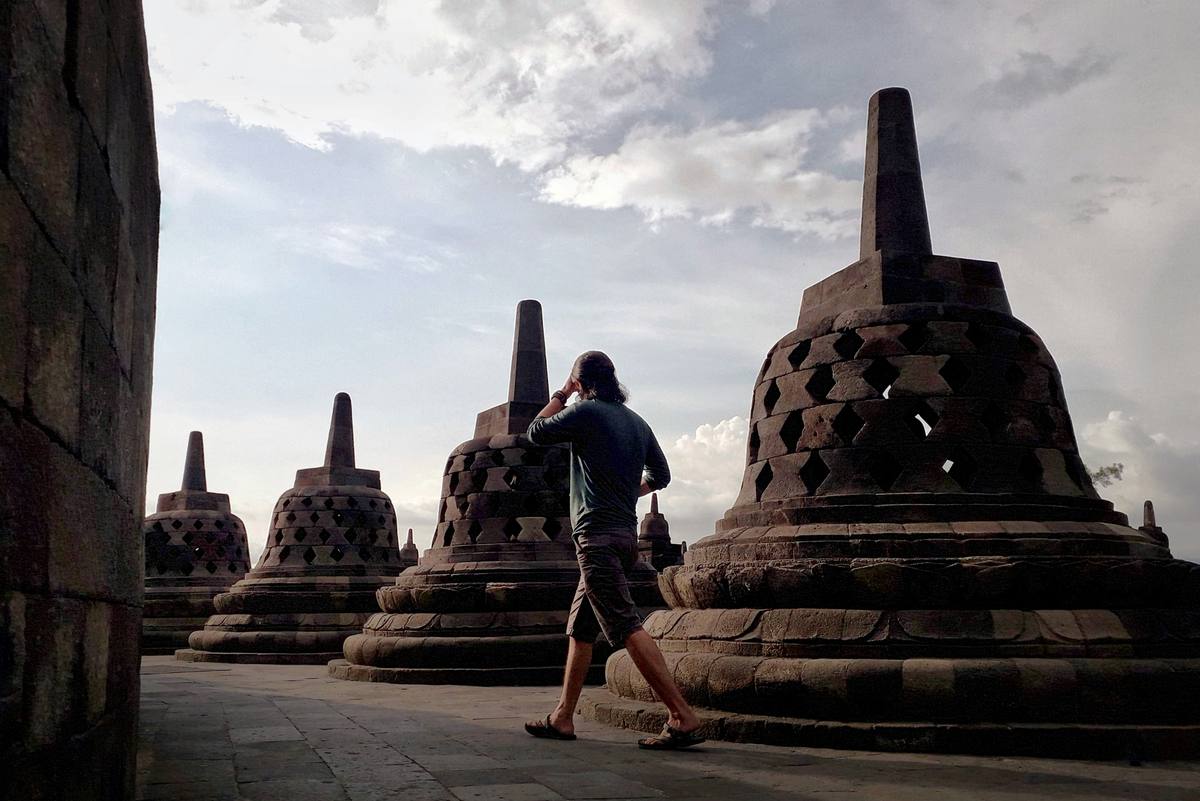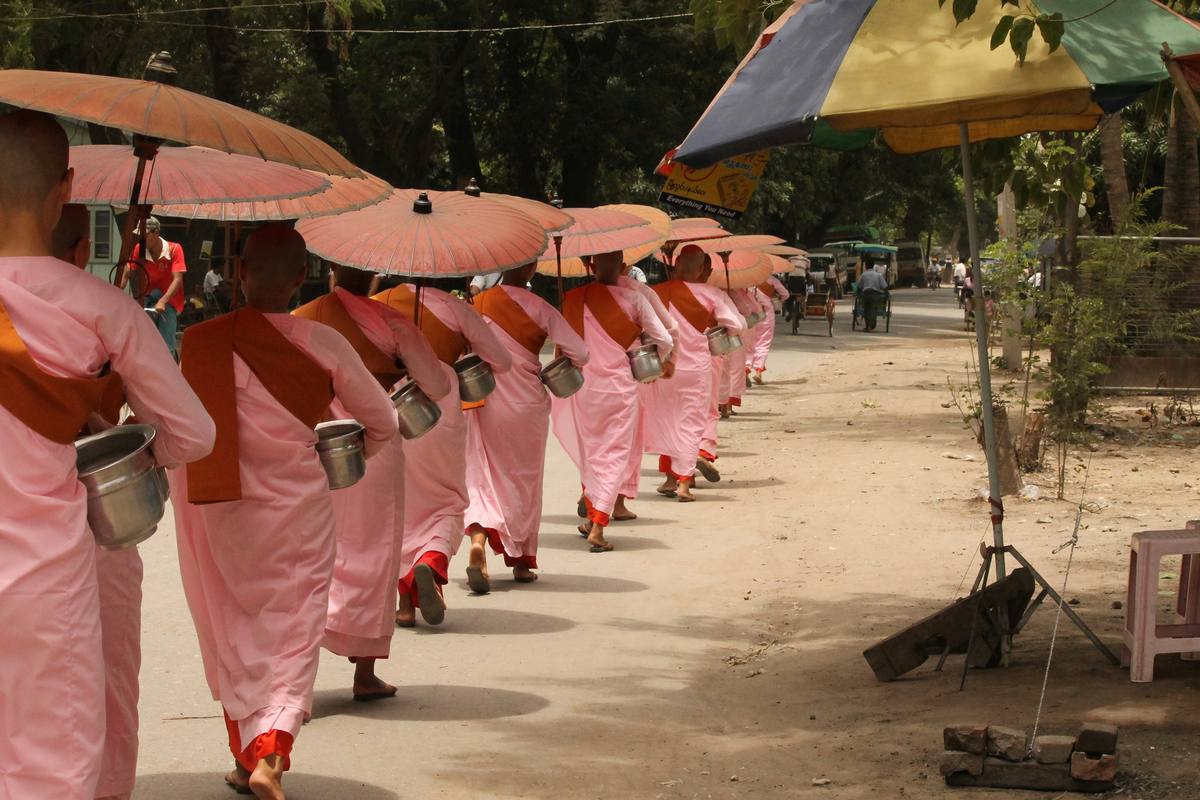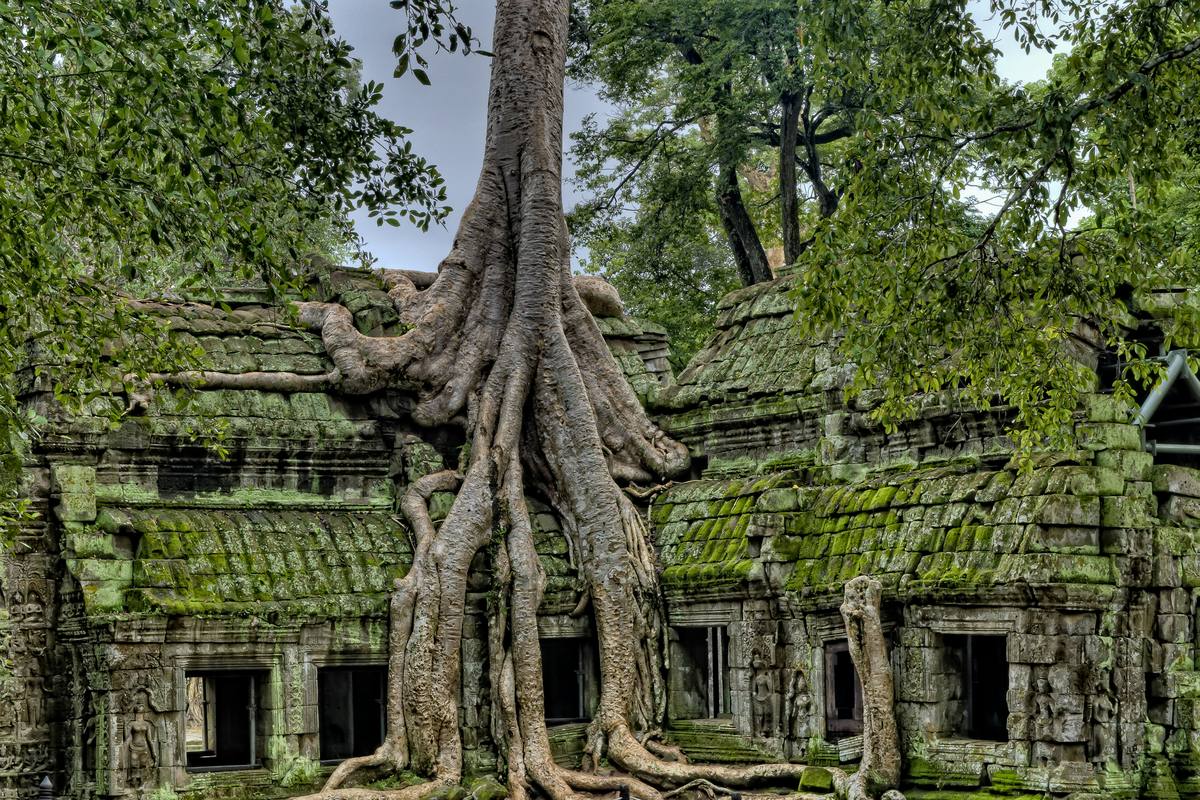Embarking on a Spiritual Journey: Starting a Buddhist Temples Business
Diving into the world of spirituality by initiating a Buddhist Temples business is both an inspiring and rewarding endeavor. It's about creating a tranquil sanctuary that not only serves as a place for meditation and worship but also fosters a community of like-minded individuals. The path to establishing such an enterprise demands careful contemplation, meticulous planning, and an unwavering commitment to the spiritual growth of others. Understanding the cultural significance and adhering to the teachings of Buddhism is paramount. Equally vital is identifying a serene location that resonates with peace and harmony. This venture promises to be an extraordinary journey of personal and communal enlightenment.

Understanding the Unique Challenges
When contemplating how to start a Buddhist temple business, it's vital to recognize the unique set of challenges that accompany this noble endeavor. Unlike conventional businesses, establishing a religious institution demands not only financial investment and strategic planning but also a deep understanding of the spiritual needs of your community. One of the most common hurdles is navigating through zoning laws and obtaining the necessary permits, which can be incredibly complex given the specific requirements for places of worship. Additionally, generating sufficient funding to support both construction and operational expenses requires innovative strategies and a solid network of supporters. This journey starts with a clear vision, rooted in compassion and dedication to serve.

Finding the Right Location
Finding an ideal location is crucial for the success of your Buddhist temple. The place should not only comply with local zoning laws but also resonate with serenity and accessibility for practitioners. This might involve extensive research and consultation with city planning experts to ensure that your chosen site fosters tranquility while being conveniently reachable for your future congregation. Moreover, consider the environmental impact of your construction and strive to maintain harmony with nature, as this aligns with Buddhist teachings on respect for all living beings. Such foundations lay the groundwork for a temple that becomes a haven for spiritual growth.

Securing Funding and Support
The financial aspect of how to start a Buddhist temple can appear daunting at first glance. However, many have found success through diverse fundraising strategies, from traditional community donations to more modern crowdfunding campaigns. Engaging with local businesses and philanthropists who share your values can also open doors to unexpected resources. It's also beneficial to establish connections with existing Buddhist communities worldwide; they often provide both moral and financial support to new temples. Transparency and clear communication about your goals will galvanize backing from those who wish to see your vision come to life.
Designing Your Temple with Intent
The design of your Buddhist temple should reflect its spiritual purpose while accommodating the practical needs of visitors. Architectural elements like meditation halls, statues, and gardens must be thoughtfully integrated to create an atmosphere conducive to contemplation and community gatherings. Working with architects who have experience in religious buildings or even consulting with feng shui experts can add meaningful dimensions to your temple's layout. Remember, every detail from the entrance way to the altar contributes to the overall energy and feel of the space. This holistic approach ensures that your temple serves as a true sanctuary for all who enter.

Navigating Legal Requirements
The legal landscape surrounding the establishment of a new Buddhist temple involves several critical steps that require careful attention. From registering your organization as a nonprofit entity to ensuring compliance with local regulations on public gatherings, each phase demands thoroughness and patience. It's advisable to seek out legal counsel experienced in nonprofit law early in the process to guide you through these complexities. Additionally, understanding tax obligations and benefits for religious organizations can significantly impact your financial planning strategy. Proactively addressing these legalities paves the way for smooth operations as your temple grows.
Boost campaigns with 250+ editable templates. Save, reuse, and wield design tools for business growth.
Try it for FREE!Cultivating a Welcoming Community
A pivotal aspect of how to start a Buddhist temple is fostering an inclusive community around it. This involves outreach efforts that extend beyond traditional marketing--think workshops, public meditation sessions, or even participation in local cultural events. By establishing strong relationships within your locality, you create a network of support that benefits both individuals seeking spiritual guidance and the temple itself. Encouraging volunteerism among members not only aids in managing the temple but also strengthens communal bonds. Ultimately, these connections form the heart of any thriving religious institution.

Leveraging Digital Tools for Growth
In today's digital age, effectively utilizing online platforms can significantly enhance your temple's visibility and outreach capabilities. Creating an engaging website that details meditation schedules, events, and educational materials attracts individuals seeking spiritual learning opportunities. Social media channels offer another avenue for connecting with potential followers locally and globally alike. These tools not only facilitate communication but also allow you to share insights into Buddhism's rich traditions and practices widely. Embracing technology in this way complements traditional methods of community building.
Incorporating Useful Resources Like Desygner
In managing a variety of tasks associated with setting up a Buddhist temple--be it designing informative brochures or creating visually appealing social media posts--the role of graphic design becomes undeniably important. That's where tools like Desygner come into play, offering an accessible platform for creating professional-quality designs without needing extensive graphic design skills. Whether you're crafting event flyers or updating website graphics, Desygner simplifies these processes so you can focus more on your mission's spiritual aspects. This ease-of-use empowers temples to maintain an impactful online presence--vital for growth in our increasingly digital world.
Concluding Thoughts on Starting a Buddhist Temple Business
In the journey of establishing a Buddhist temple business, one embarks on a path that is both spiritually fulfilling and challenging. This venture requires a deep understanding of Buddhist principles, a keen sense of community needs, and an unwavering commitment to serve. By adhering to the foundational steps outlined, aspiring founders can navigate the complexities of this noble endeavor with greater ease and confidence.
It's essential to remember that creating a serene and welcoming environment for practitioners involves meticulous planning and dedication. From securing an appropriate location to fostering a strong spiritual community, every aspect demands attention to detail and a heart aligned with the teachings of Buddhism. Moreover, integrating modern tools and technologies can significantly enhance the operational efficiency and outreach of the temple.
In this digital age, managing a temple's administration and promoting its activities require innovative solutions. Here are eight key points to consider for those aiming to embark on this spiritual journey:
- Thorough research on Buddhist teachings and practices
- Identifying an ideal location that resonates with tranquility
- Engaging with the local Buddhist community for support
- Adherence to legal requirements for establishing a nonprofit religious organization
- Development of programs and activities that foster spiritual growth
- Incorporation of sustainable practices in temple management
- Utilization of social media platforms for wider outreach
- Leveraging tools like Desygner for professional yet easy-to-create designs for promotional materials
To effectively communicate your temple's mission and upcoming events, consider signing up at Desygner. Their platform offers intuitive design tools that empower you to create impactful visual content, enhancing your ability to connect with your spiritual community.


